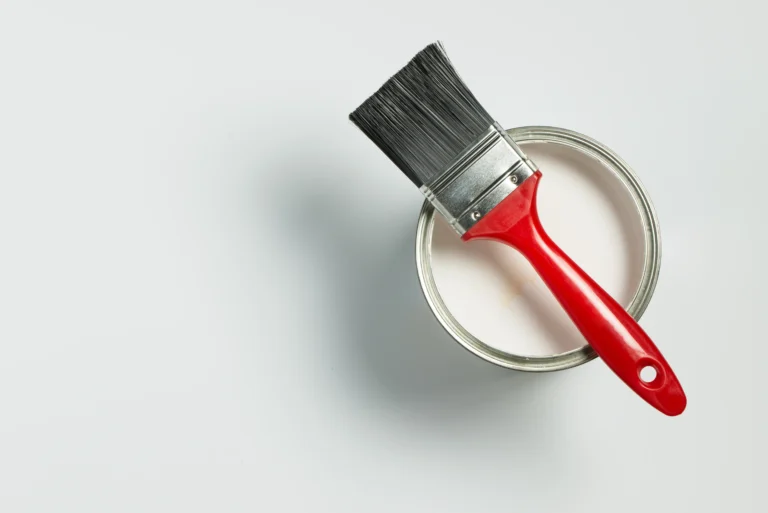Every painting project begins with a vision, whether it’s a single accent wall or a full home makeover. But one question nearly always follows that first spark of inspiration: how much paint do I need? It might seem like a simple calculation, but factors like surface type, texture, paint type, and the number of coats needed all play a role in determining the right quantity.
Getting this estimate wrong can lead to frustrating trips back to the store—or wasted gallons of unused paint. Understanding how to calculate paint needs with accuracy can save time, money, and ensure your project goes off without a hitch.
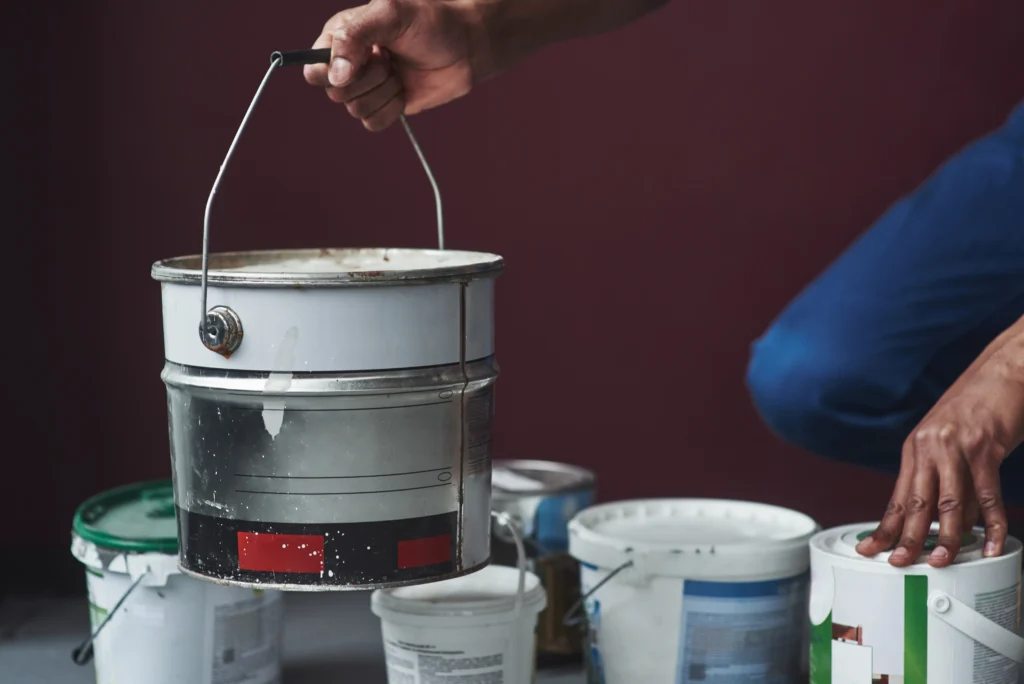
Basic Paint Coverage Expectations
Most standard paints list their coverage per gallon right on the label. On average, one gallon of paint covers 350 to 400 square feet of smooth, primed surface with a single coat. However, this is a general guideline and doesn’t account for surfaces that are textured, porous, or previously unpainted.
Different finishes and paint formulations also affect spread rate. Flat paints tend to cover more area, while glossier finishes may require more paint for full, even coverage.

Calculating Wall Surface Area
To get an accurate estimate of how much paint you need, start by calculating the surface area of the space. This involves multiplying the length by the height of each wall to get the square footage. Subtract square footage for doors and windows, which typically account for:
- Standard door: approximately 20 square feet
- Standard window: around 15 square feet
Add up the total square footage for all the walls you plan to paint. If the surface requires two coats or if you’re drastically changing colors, you’ll need to multiply that number by two.
For example:
- A 12 ft. by 10 ft. wall = 120 sq. ft.
- Subtract a window (15 sq. ft.): 105 sq. ft.
- For two coats: 105 sq. ft. x 2 = 210 sq. ft.
Based on 350 sq. ft. per gallon, you’d need just over half a gallon—rounding up, it’s safest to purchase a full gallon.
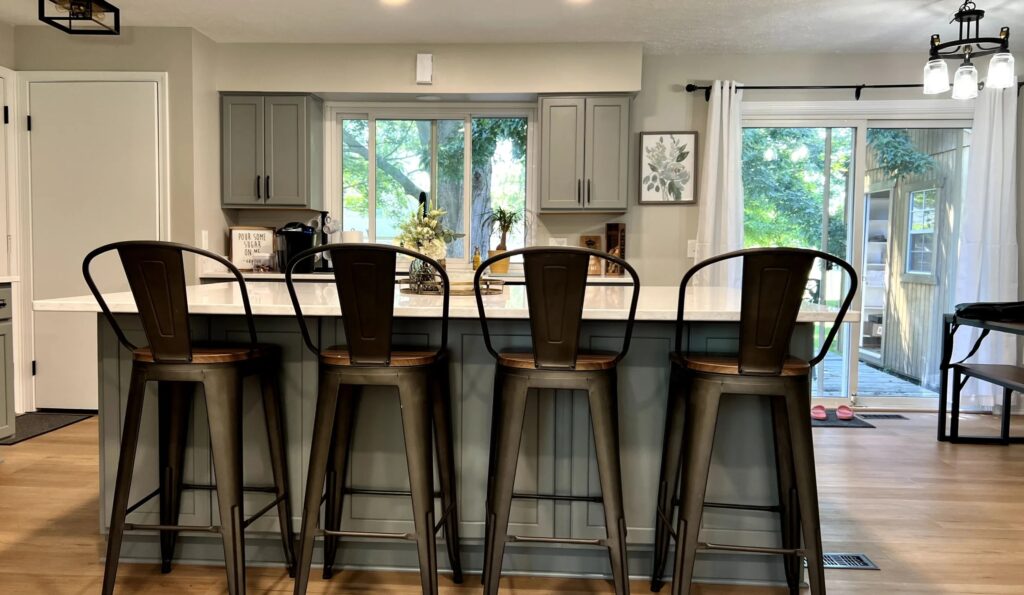
Factoring in Surface Type and Condition
The material you’re painting has a significant impact on paint absorption and coverage. Bare drywall, brick, stucco, or unfinished wood tend to absorb more paint, especially if not primed first. These surfaces often require additional coats or a primer base coat, increasing your total paint needs.
Smooth, previously painted surfaces in good condition typically require less paint, especially when repainting with a similar color.
In situations where you’re painting over a darker color with a lighter one, a tinted primer can reduce the total amount of finish paint needed.
Ceiling and Trim Considerations
Don’t forget ceilings and trim in your calculation. Ceilings are typically painted with flat, white ceiling paint, and are often about the same square footage as the room’s floor.
Trim, baseboards, and moldings require smaller amounts of paint but with a different formula—usually a semi-gloss or gloss finish for durability. A quart may be sufficient for a single room’s trim, but larger homes or multiple rooms will need more.
The Importance of a Paint Calculator
While manual math is always an option, online tools make the process more efficient. Paint manufacturers like Sherwin-Williams and Benjamin Moore offer paint calculators that ask for room dimensions, surface condition, and number of coats. These tools can help prevent overbuying and ensure you have enough product to complete the job.
Using a calculator can be especially helpful when dealing with irregularly shaped spaces or rooms with vaulted ceilings and complex layouts.
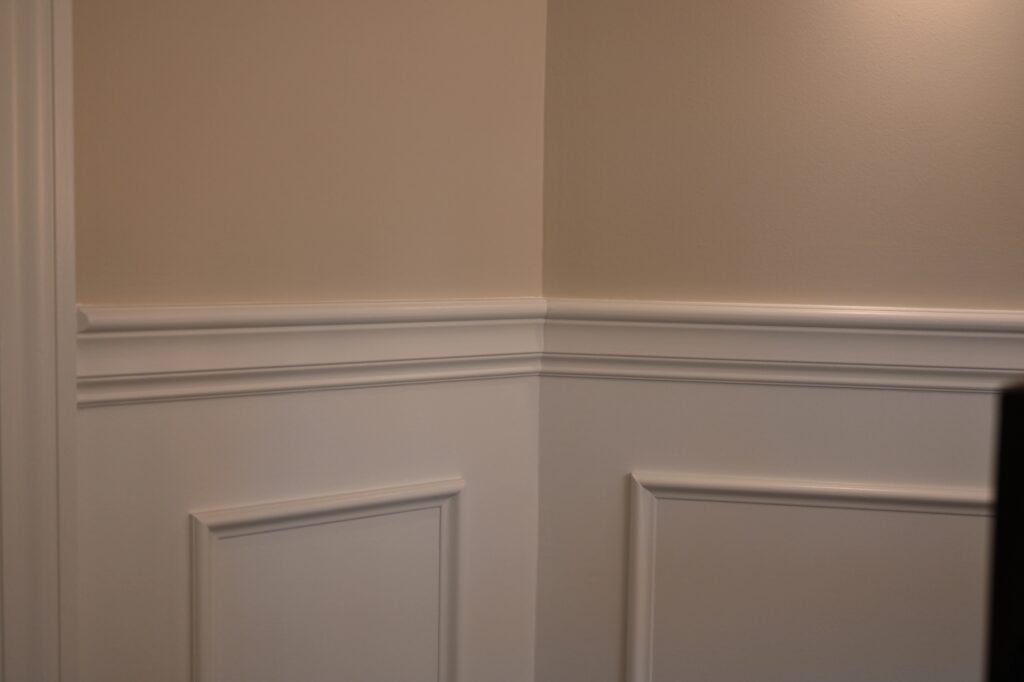
Don’t Forget Primer
Many people overlook primer in their paint calculations. While some modern paints include primer in the formulation, using a dedicated primer is still beneficial for certain surfaces. Priming is especially critical on:
- Bare drywall or wood
- Previously stained or glossy surfaces
- Surfaces transitioning from dark to light colors
Primers are typically applied in a single coat and offer coverage rates similar to paint—about 300 to 400 square feet per gallon.
Why Accurate Estimates Matter
Buying the right amount of paint is more than just a budget concern. Paint colors can have slight variations between batches, so buying extra paint during your initial purchase ensures color consistency throughout the project.
Having to return later for another gallon may result in a color mismatch, even if the can is labeled the same. For this reason, professionals often buy an additional quart to allow for touch-ups after the project is complete.
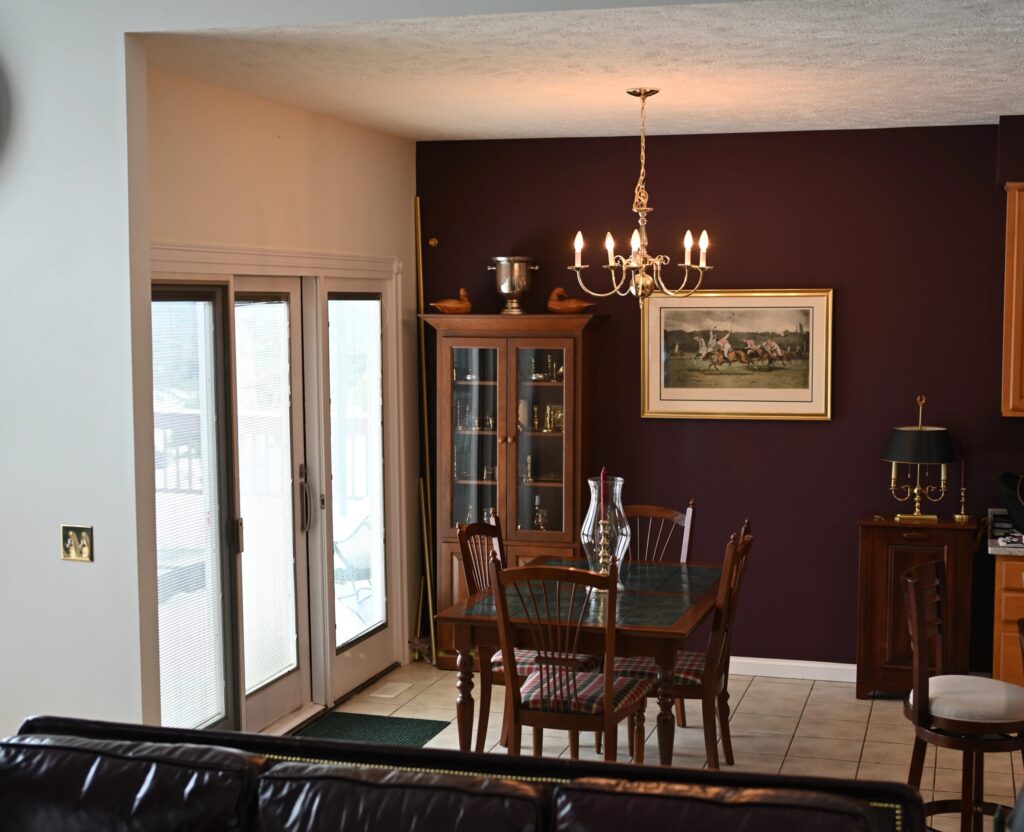
Professional Input Saves Time and Waste
Experienced painters like those at Four Seasons Painting Co can quickly assess how much paint a project requires based on room dimensions, condition of the walls, and the chosen product. This eliminates guesswork and waste, leading to a more efficient job and cost savings for the homeowner.
Our team frequently encounters cases where clients have either purchased too much or too little paint due to inaccurate online advice. We help balance efficiency with preparedness, ensuring there’s enough paint to complete the job without leaving excess behind.
Sustainable Paint Usage
Proper planning also contributes to sustainability. Buying only what you need means fewer leftover cans ending up in landfills. It also minimizes the chances of improper disposal, which can be an environmental hazard.
If you do end up with extra paint, consider donating it to community projects or storing it properly for future touch-ups. Be sure to label the can with the room it was used in and the date it was opened.

Learn More with Manufacturer Tools
To explore paint needs further, Behr, Valspar, and PPG Paints also provide detailed guidance and online estimators on their websites. These resources take into account wall condition, paint type, and even the color depth to provide better recommendations.
Conclusion – How Much Paint Do I Need
If you’ve ever asked yourself, how much paint do I need, the answer lies in careful measurement, smart calculations, and a little professional insight. By evaluating surface area, wall conditions, color changes, and finish types, you can arrive at an accurate estimate that helps your project run smoothly.
When in doubt, reach out to experts who handle these calculations every day. Four Seasons Painting Co. ensures each project is approached with precision and experience, so you get the results you want—efficiently and beautifully.

